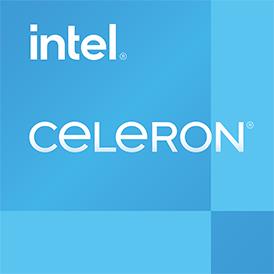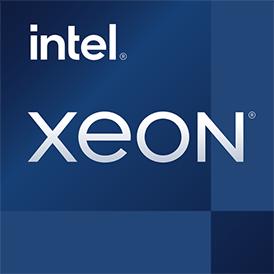 Geekbench 3, 64bit (Multi-Core)
Geekbench 3, 64bit (Multi-Core)
|
|
Intel Xeon E5-2640 v4
10C 20T @ 2.4 GHz
|
37130
|
|
|
Intel Celeron G3930T
2C 2T @ 2.7 GHz
|
5049
|
 Estimated results for PassMark CPU Mark
Estimated results for PassMark CPU Mark
|
|
Intel Xeon E5-2640 v4
10C 20T @ 2.4 GHz
|
11982
|
|
|
Intel Celeron G3930T
2C 2T @ 2.7 GHz
|
2080
|
 Geekbench 5, 64bit (Multi-Core)
Geekbench 5, 64bit (Multi-Core)
|
|
Intel Xeon E5-2640 v4
10C 20T @ 2.4 GHz
|
6823
|
|
|
Intel Celeron G3930T
2C 2T @ 2.7 GHz
|
1350
|
 Geekbench 6 (Multi-Core)
Geekbench 6 (Multi-Core)
|
|
Intel Xeon E5-2640 v4
10C 20T @ 2.4 GHz
|
6182
|
|
|
Intel Celeron G3930T
2C 2T @ 2.7 GHz
|
1068
|
 Geekbench 3, 64bit (Single-Core)
Geekbench 3, 64bit (Single-Core)
|
|
Intel Xeon E5-2640 v4
10C 20T @ 2.4 GHz
|
4002
|
|
|
Intel Celeron G3930T
2C 2T @ 2.7 GHz
|
2857
|
 Cinebench R15 (Multi-Core)
Cinebench R15 (Multi-Core)
|
|
Intel Xeon E5-2640 v4
10C 20T @ 2.4 GHz
|
1481
|
|
|
Intel Celeron G3930T
2C 2T @ 2.7 GHz
|
220
|
 Geekbench 6 (Single-Core)
Geekbench 6 (Single-Core)
|
|
Intel Xeon E5-2640 v4
10C 20T @ 2.4 GHz
|
1086
|
|
|
Intel Celeron G3930T
2C 2T @ 2.7 GHz
|
588
|
 Geekbench 5, 64bit (Single-Core)
Geekbench 5, 64bit (Single-Core)
|
|
Intel Xeon E5-2640 v4
10C 20T @ 2.4 GHz
|
923
|
|
|
Intel Celeron G3930T
2C 2T @ 2.7 GHz
|
704
|
 Cinebench R11.5, 64bit (Multi-Core)
Cinebench R11.5, 64bit (Multi-Core)
|
|
Intel Xeon E5-2640 v4
10C 20T @ 2.4 GHz
|
18.2
|
|
|
Intel Celeron G3930T
2C 2T @ 2.7 GHz
|
2.7
|

